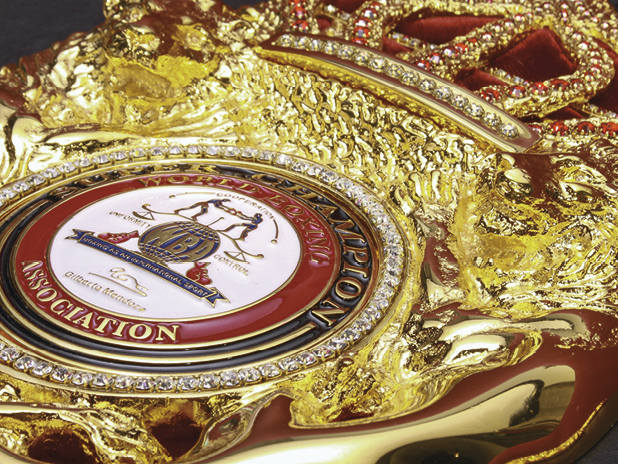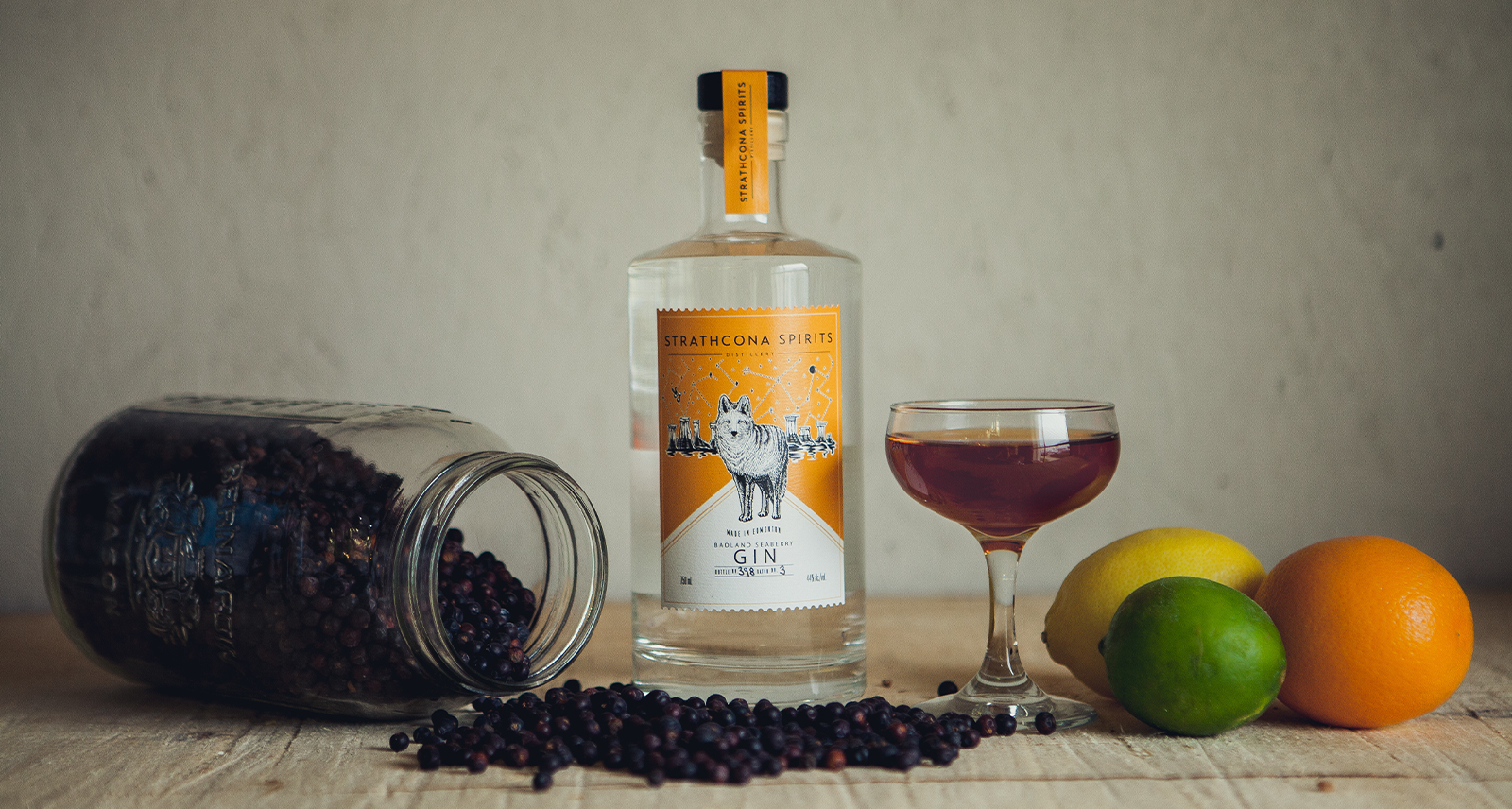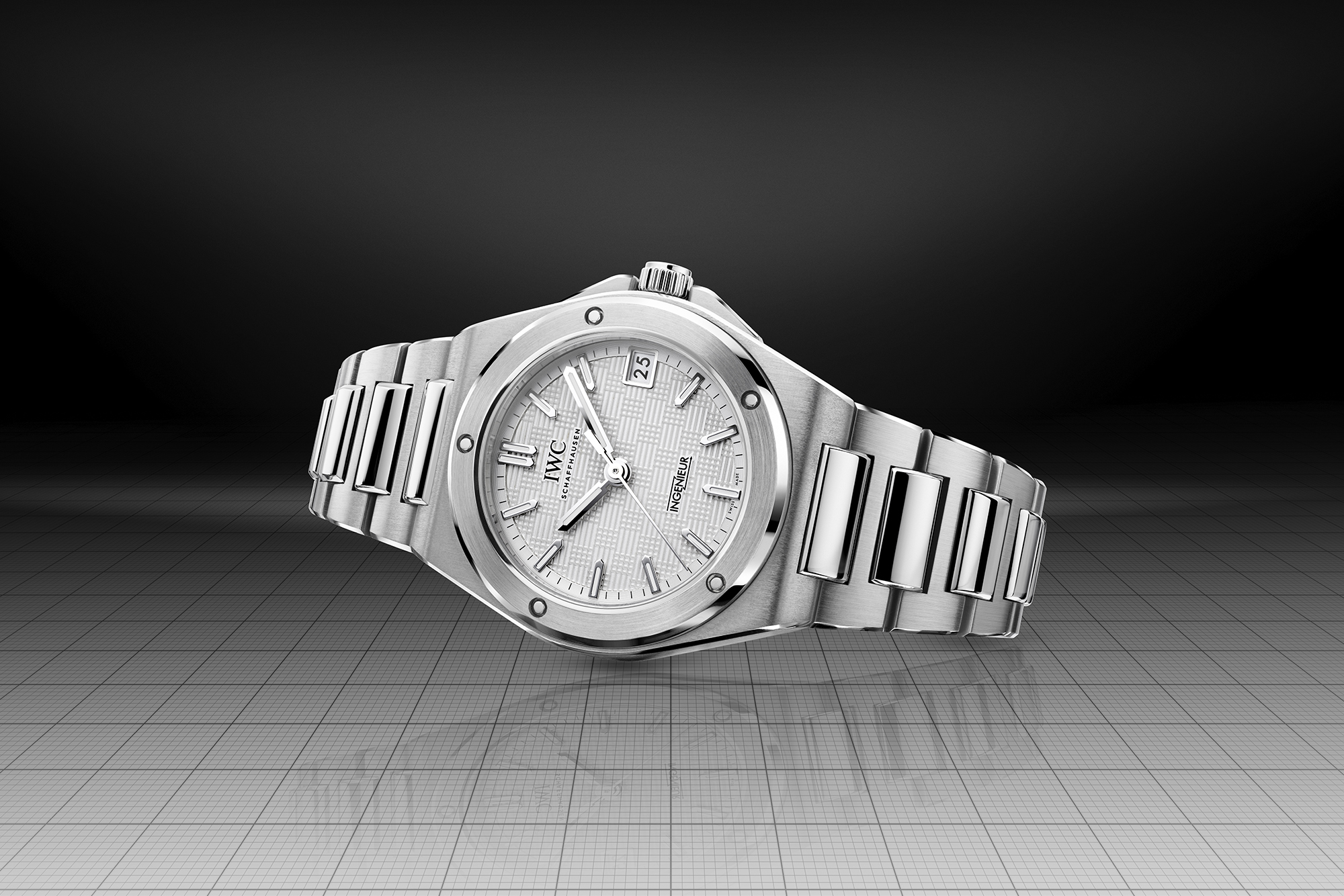Blood, Sweat and Gold: The Craftsmen Behind Boxing’s Championship Belts
On a cold February day in 1809, thousands of people gathered in a dank patch of grass on Epsom Downs, a large slab of rolling fields outside of London. They came to witness Tom Cribb – the greatest bare-knuckle fighter of his era, and the man who reportedly survived a 500-pound-crate of oranges falling on his chest–pummell fellow pugalist Jim Belcher for 31 rounds. Cribb won. The prize, aside from a pot of cash, and eternal folk-hero status, was a belt. It was adorned with a silver buckle and lion skin and, for the time, it was spectacular. When Cribb died in 1848, his grave was marked with a carved stone lion, the paw placed on an urn and a belt placed across it.
The sport has changed since then, obviously. But, the prize hasn’t. There’s still money, there’s still glory, and there’s still a belt—a spectacular symbol of the champion that fighters live for.
For the last five decades, those belts were a product of one man, his mind, and his hands. Like those who work, and sweat, and bleed for one of his belts, Ardash Sahaghian, now 93 years old, is a fighter – his life propelled by the necessity to survive. It’s perhaps why he’s able to make the belts he does; only a person who understands a good fight, would be able to create something worthy of the greatest fighters.
The son of Armenian immigrants in Romania, Sahagian worked as a grocery shop worker and cobbler, before following in the footsteps of his older brother, to become a jeweller. When the name “Sahaghian” was given to the communist authorities as the man who fashioned watch parts made of gold – a metal illegal to possess under the regime – the younger Sahaghian took the fall. His brother was recently married and too frail to survive punishment. Arrested, tortured and made to stand for a week, he returned home with the flesh hanging off the side of his boots. When his mother saw him, the shock killed her. It was time to escape.










